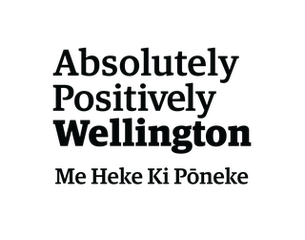Courtney Johnston • 2 December 2019
Courtney Johnston is the director of The Dowse Art Museum in Lower Hutt. Here she selects three of her favourite works currently on show at The Dowse, all connected by their consideration of the human body
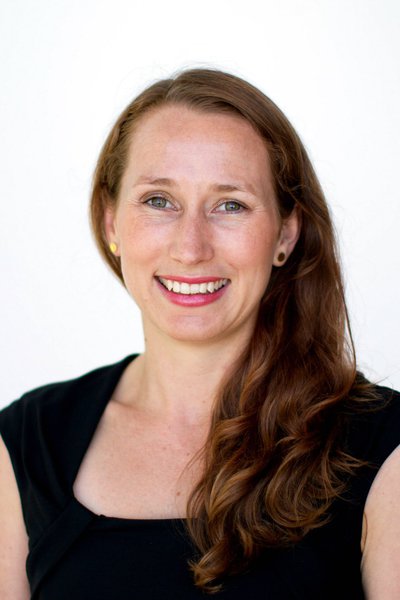
The Dowse Art Museum in Lower Hutt is open daily 10am–5pm. Entry is free.
Shannon Te Ao,
my life as a tunnel, 2018.
Courtesy of the artist and Robert Heald Gallery.
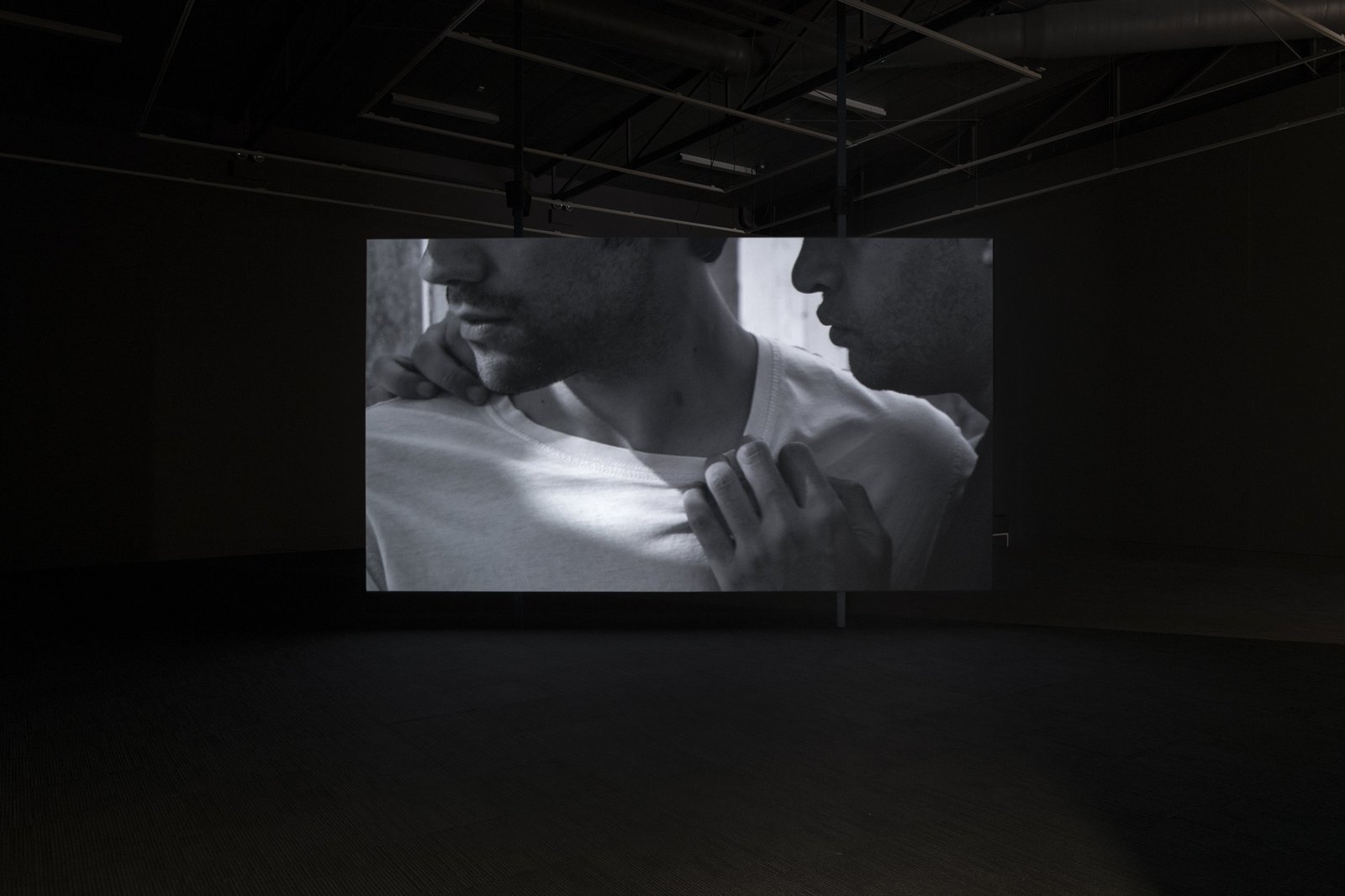
Back in the distant past when I was working on my Masters thesis, I learned about a German aesthetic theory called Empathy theory. The theory tried to explain "instant contemplation" - that involuntary emotional response elicited when you first behold an artwork. Herbert Read, a famous 20th century art historian, described empathetic responses as "a heightening, a tautening, a sublimation". I've been thinking about this a lot as I've come to terms with Shannon Te Ao's new video work, which has gotten under my skin in a way few artworks have.
my life as a tunnel hinges on a significant scene in Charles Burnett's 1977 film Killer of Sheep, where the two main protagonists dance to the song This Bitter Earth. In Shannon's work, two men take the place of the Burnett's characters. Their faces and torsos fill the frame, their movements somewhere between tenderness and tension. The gallery is filled with their voices singing a te reo translation of This Bitter Earth, rooting the work in a consideration of land in Aotearoa New Zealand. It's a many-layered artwork that makes me realise how rarely we have the opportunity to see the male body as beautiful and fragile in our everyday world.
Malcolm Harrison,
Eclipse, 1991.
Collection of The Dowse Art Museum.
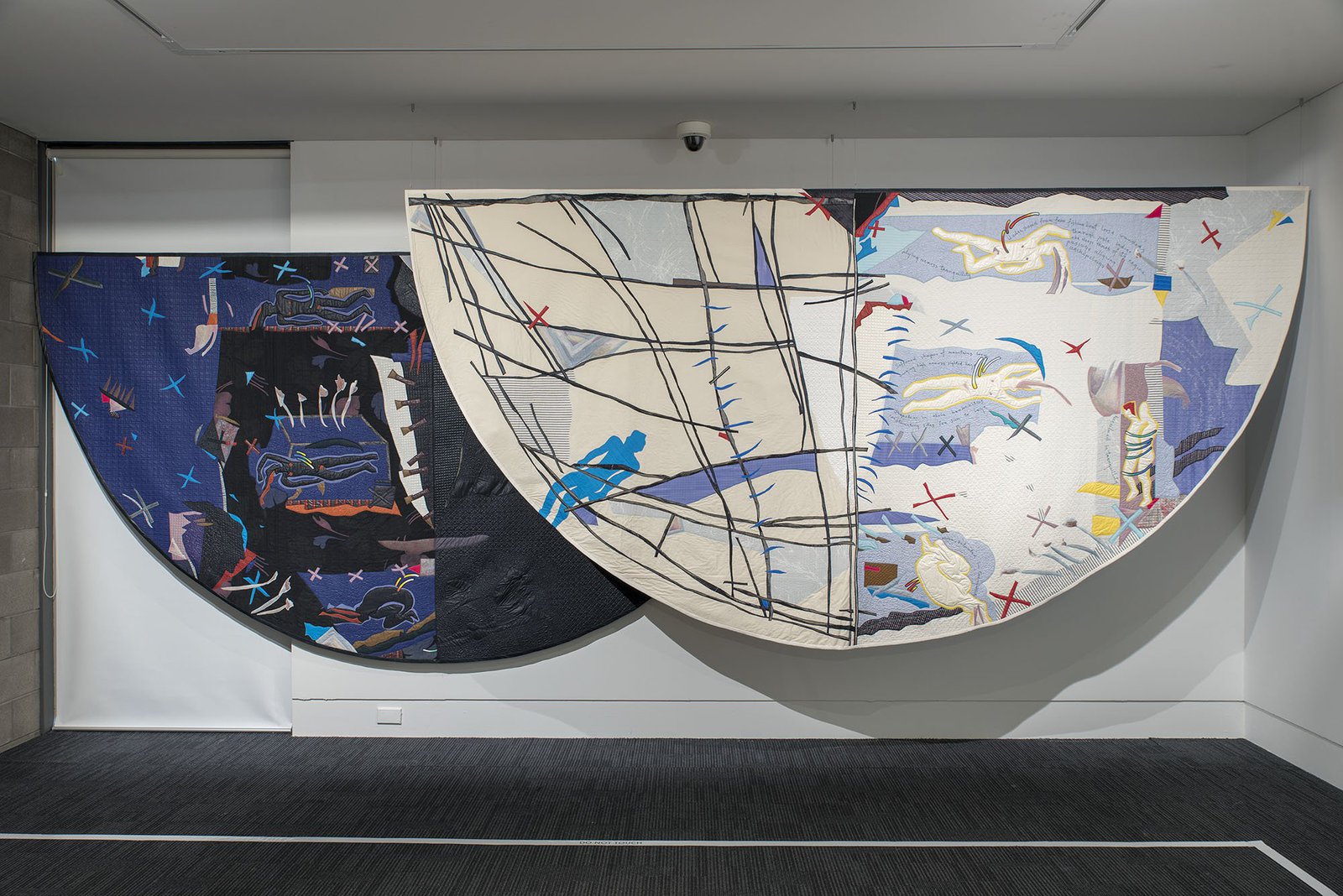
Even after working at The Dowse for more than five years, there are still objects emerging from the collection store that astound me. For his exhibition Sleeping Arrangements, our 2017 Blumhardt Foundation / Creative New Zealand Curatorial Intern Simon Gennard began his research with the work of New Zealand textile artist Malcolm Harrison, and in particular a group of works made in the late 1980s - early 1990s that reference the early years of the AIDs crisis in New Zealand.
There's an incredible tenderness in the idea of quilts as lovingly made objects of comfort, and the damaged and discriminated against bodies of the men in the gay community that these pieces reference. At the same time, they are full of love, sex and the suggestion of joy, in their rich colours and curving forms. And while they have the domestic quality and warmth of textiles, they are also undeniably artworks - fastidiously finished, with an exquisite judgement of colour and form. The largest work in the show, Eclipse (1991) reminds me of a Renaissance fresco in its combination of depth and detail.
Simon has written a wonderfully thoughtful essay to accompany the exhibition, available on our website.
On Saturday 26 May at 2pm we are hosting community organisers Richard Benge and Kevin Jensen, and writer Julia Craig in a discussion of creative responses to the AIDS Crisis. More at: http://dowse.org.nz/events/art-craft-and-the-aids-crisis-a-panel-discussion.
Yuka Oyama,
Helpers - Changing Homes, 2018.
Courtesy of the artist.
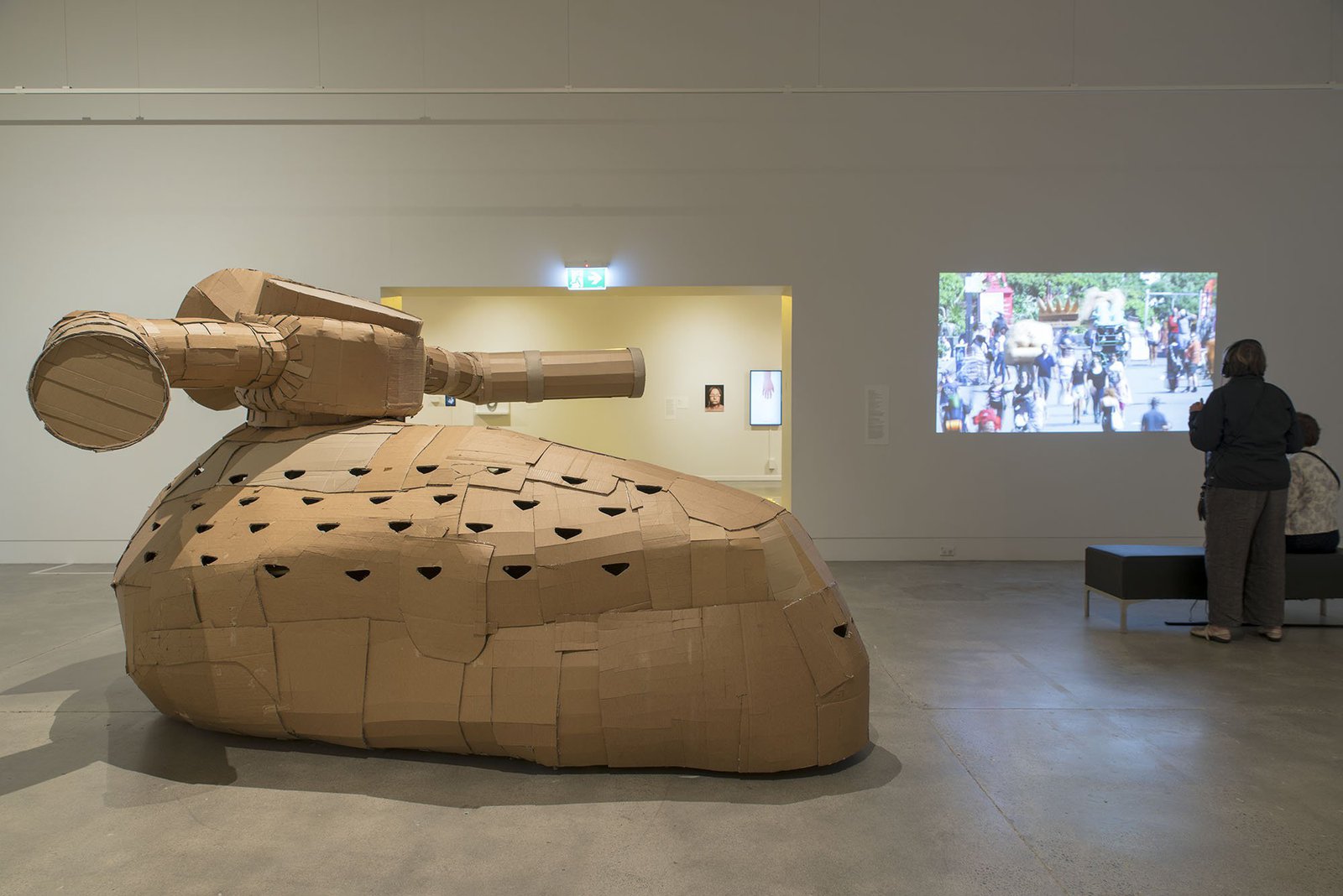
Over the summer just gone, we were fortunate to have Japanese-born, Berlin-based jeweller Yuka Oyama as the Te Whare Hera artist in residence, during which time she made new work for our current exhibition The Language of Things: Meaning and Value in Contemporary Jewellery.
Yuka's practice mixes object making with collaborations with filmmakers, musicians, choreographers, and members of the public. For Helpers - Changing Homes, Yuka - an itinerant person herself, based at the time half a world away from her home - sought out Wellingtonians who had lived similarly nomadic lives, and asked them about the objects they carried with them to create a sense of 'home'.
Yuka then took those signifiers and turned them into huge, lightweight wearable sculptures (a pillow, a helmet, an Enfield motorbike) constructed from bamboo and packing box cardboard. The sculptures are big enough for each interviewee to get inside and be able to carry in a choreographed parade down Wellington's waterfront and into Civic Square which was filmed and which we're now showing in the gallery. The best bit is the utter nonchalance of the other people strolling around the waterfront that day - you can just see them thinking 'Huh, I bet that's art, play it cool, play it cool, don't react'.
Courtney is the director of The Dowse Art Museum in Lower Hutt and the visual arts commentator for Nine to Noon with Kathryn Ryan.
